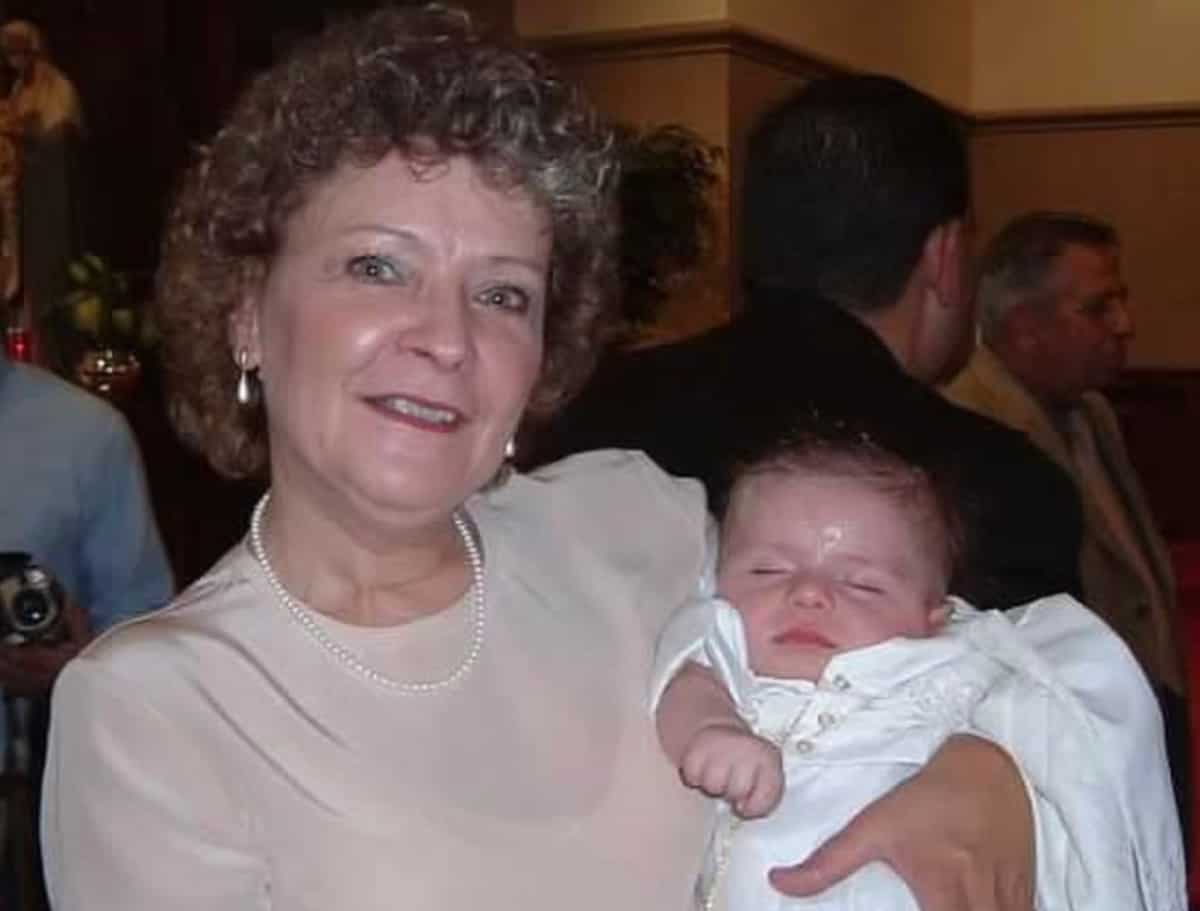In a recent study published in Med, researchers examine host responses to the severe acute respiratory syndrome coronavirus 2 (SARS-CoV-2) within the placenta using transcriptomics.
 Study: SARS-CoV-2 niches in human placenta revealed by spatial transcriptomics. Image Credit: SciePro / Shutterstock.com
Study: SARS-CoV-2 niches in human placenta revealed by spatial transcriptomics. Image Credit: SciePro / Shutterstock.com
Background
Previous studies have provided limited insights into SARS-CoV-2 replication during pregnancy, despite using placenta single-cell transcriptomes. In fact, placental bulk ribonucleic acid sequencing (RNA-seq) and scRNA-seq studies analyzing SARS-CoV-2 entry receptor angiotensin-converting enzyme 2 (ACE2) and co-factor transmembrane serine protease 2 (TMPRSS2) have been associated with inconsistent results on whether SARS-CoV-2 could enter and replicate in placental cells to subsequently affect their gross histopathology.
There also remains a lack of research on the disproportionate COVID-19 risk burden during pregnancy including maternal illness, placental immunity, SARS-CoV-2 intraamniotic infection, and fetal disease.
About the study
The researchers of the current study presumed that functional spatial niches delineate maternal-fetal antigens and limit the vertical transmission of pathogens.
Thus, a high-resolution placenta transcriptomics atlas could provide important insights into dynamic placental immune microenvironments with unique transcriptomic and functional profiles. This atlas could also identify molecular mechanisms responsible for placental immune tolerance and facilitate the detection of immune activation in microenvironments permissive to SARS-CoV-2 entry and replication.
All maternal SARS-CoV-2-positive (mSARS-CoV-2+) patients tested positive by clinical nasopharyngeal swab within 72 hours of delivery; however, not all mSARS-CoV-2+ patients had detectable viral transcripts in the placenta. All samples were collected during the SARS-CoV-2 Delta-dominant period between August 2021 and October 2021.
To this end, 10× Genomics Visium Spatial Transcriptomics with hematoxylin and eosin (H&E) staining was used to create a high-resolution atlas of 17,927 spatial transcriptomes integrated with 273,944 placental single-cell (sc) and single-nuclei (sn) transcriptomes. This allowed the researchers to create a high-resolution map of normal placental spatial niches for comparison between symptomatic and asymptomatic mSARS-CoV-2+ cases.
Placental spatial transcriptomes were generated from placentae from four healthy SARS-CoV-2-infected patients as compared to placentae from nine SARS-CoV-2-infected pregnant females. Examining placentae from five symptomatic and four asymptomatic maternal SARS-CoV-2-positive cases allowed the researchers characterize unique functional roles of the maternal and fetal spaces of the placenta.
RNAscopy or in situ RNA hybridization was used to localize SARS-CoV-2 spike transcripts. Likewise, a one-step quantitative reverse transcriptase-polymerase chain reaction (RT-qPCR) assay was used to determine the limit of detection (LoD) for SARS-CoV-2 spikse, nucleocapsid protein, and open reading frame 1ab (ORF1ab), whereas immunohistochemistry (IHC) was used to stain for these viral proteins.
Study findings
None of the placenta samples obtained from mSARS-CoV-2+ nor negative controls exhibited detectable spike RNA, spike protein, or nucleocapsid protein. Nevertheless, high levels of SARS-CoV-2 spike, nucleocapsid, and ORF1ab were observed in two intrauterine fetal demise (IUFD) samples.
Maternal COVID-19 symptoms in two IUFD cases began and ended within five to 10 days before IUFD detection. This suggests that prolonged SARS-CoV-2 exposure of the placenta could lead to fetal pathogenesis.
Visium was subsequently used to determine whether any placental spatial transcriptomic niches could be used to detect SARS-CoV-2. To this end, none of the control placentas exhibited any SARS-CoV-2 transcripts, as well as one and two placentae from asymptomatic and symptomatic mSARS-CoV-2+ cases, respectively.
Spatial SARS-CoV-2 transcripts ranged from one and 1,554 in a single sample. Three of the five placentae obtained from symptomatic mSARS-CoV-2+ subjects were positive for SARS-CoV-2 spatial datasets, with a LoD of one in about 700 cells. Notably, the SARS-CoV-2 ORF10 transcript was the most abundant, as it represented about 86% of all viral transcripts.
When SARS-CoV-2 was not detected (ND) in mSARS-CoV-2+ placentae, no inflammatory signaling cascades were observed in the spatial transcriptomic analysis. However, both ND and sparsely positive mSARS-CoV-2+ placentae exhibited increased upregulation of pregnancy-specific b-1 glycoproein 7 (PSG7), whereas ND mSARS-CoV-2+ placentas exhibited increased upregulation of CSH2, an isoform of the placental lactogen, GDF15, which is a ligand of the transforming growth factor b (TGF-b) pathway, as well as KiSS-1 Metastasis Suppressor (KISS1).
Immune spaces with high SARS-CoV-2 transcript levels exhibited marked upregulation in inflammatory cytokines and interferon-stimulated genes (ISGs). Altered metallopeptidase signaling (TIMP1) was also observed, with coordinated changes in macrophage polarization, perivillous fibrin deposition, and histiocytic intervillositis.
Conclusions
The transcriptomic analysis revealed that clusters of spatial transcriptomes in highly positive mSARS-CoV-2+ placenta samples exhibited varying levels of antiviral responses and metallpeptidase signaling, whereas a lack of inflammatory signaling was observed in ND and sparsely positive mSARS-CoV-2+ samples. These findings indicate that SARS-CoV-2 replication in the placenta is relatively inefficient and that the microenvironment within the placenta actively sequesters inflammatory signaling to limit tissue damage.

 PARENTING TIPS
PARENTING TIPS







 PREGNANCY
PREGNANCY








 BABY CARE
BABY CARE








 TODDLERS
TODDLERS








 TEENS
TEENS
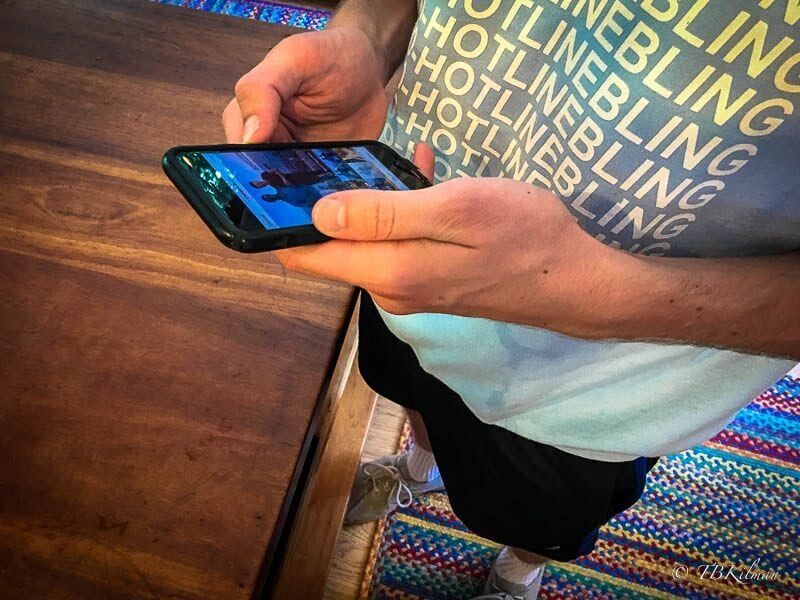






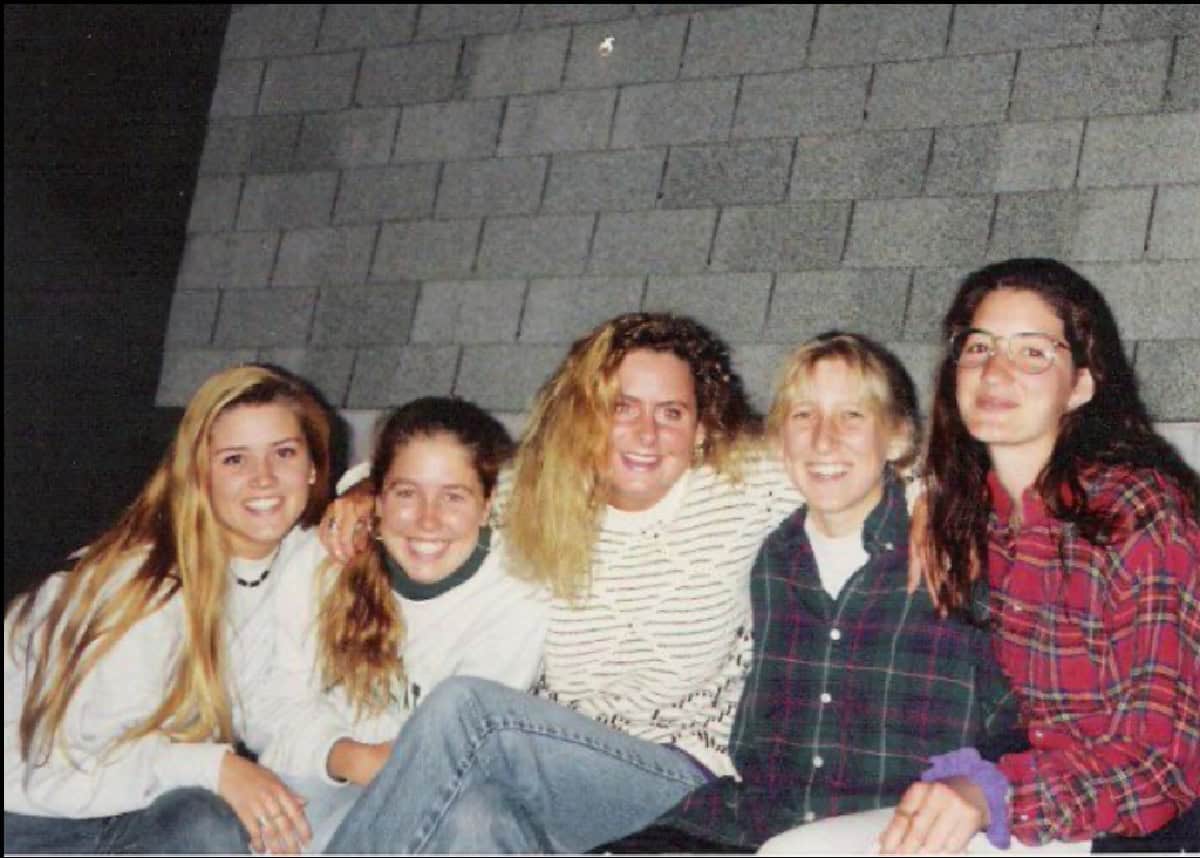
 HEALTH CARE
HEALTH CARE

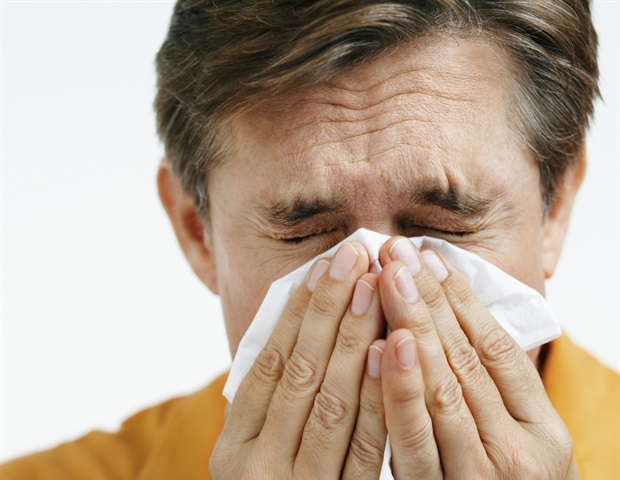



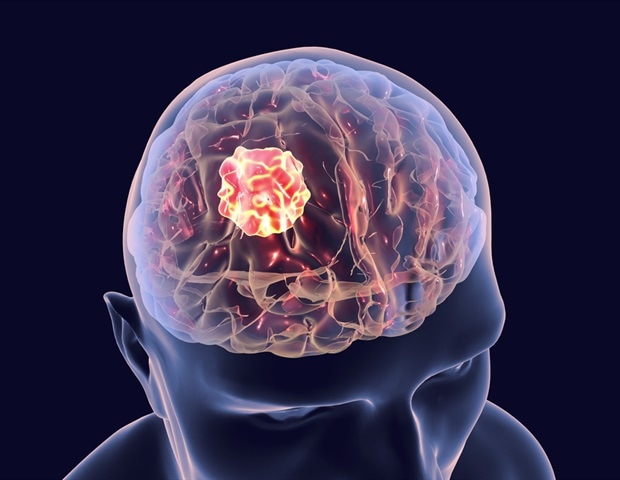

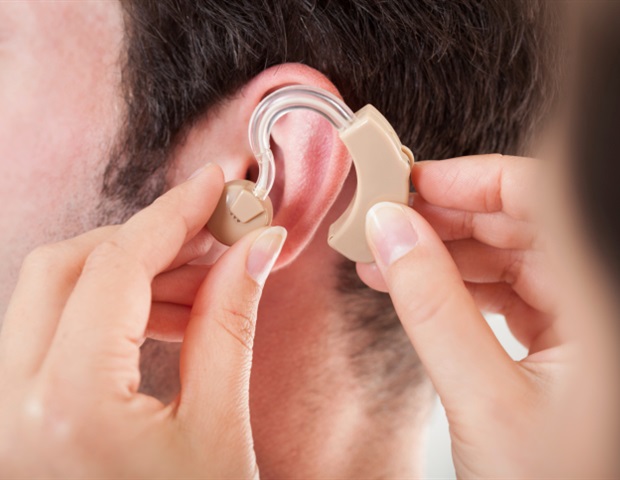
 ACTIVITIES & CRAFTS
ACTIVITIES & CRAFTS








 CONTACT
CONTACT ABOUT
ABOUT

